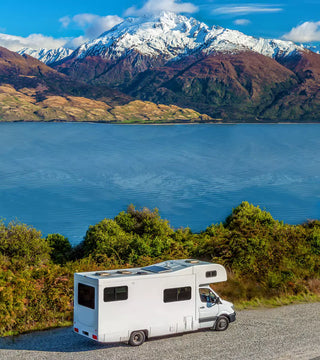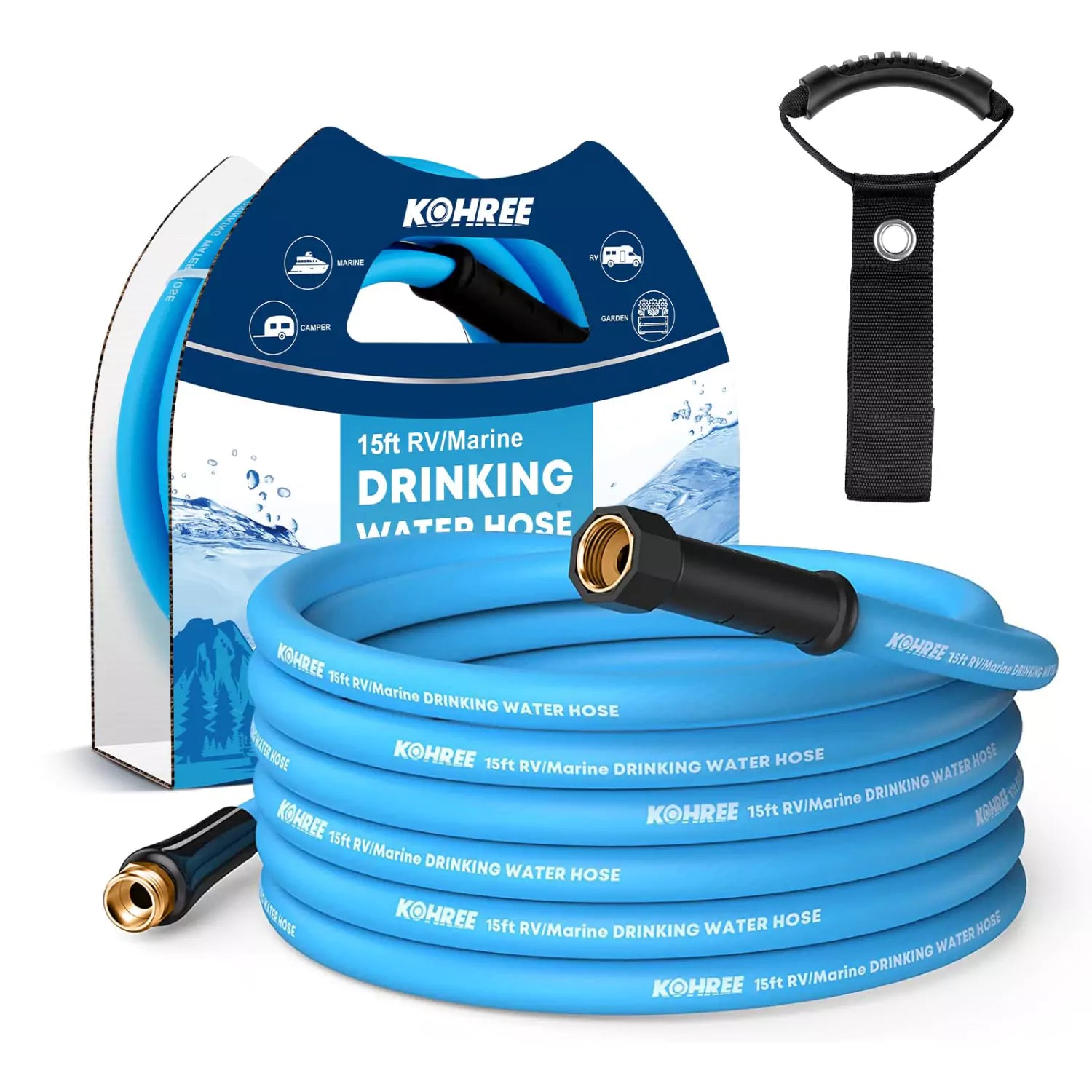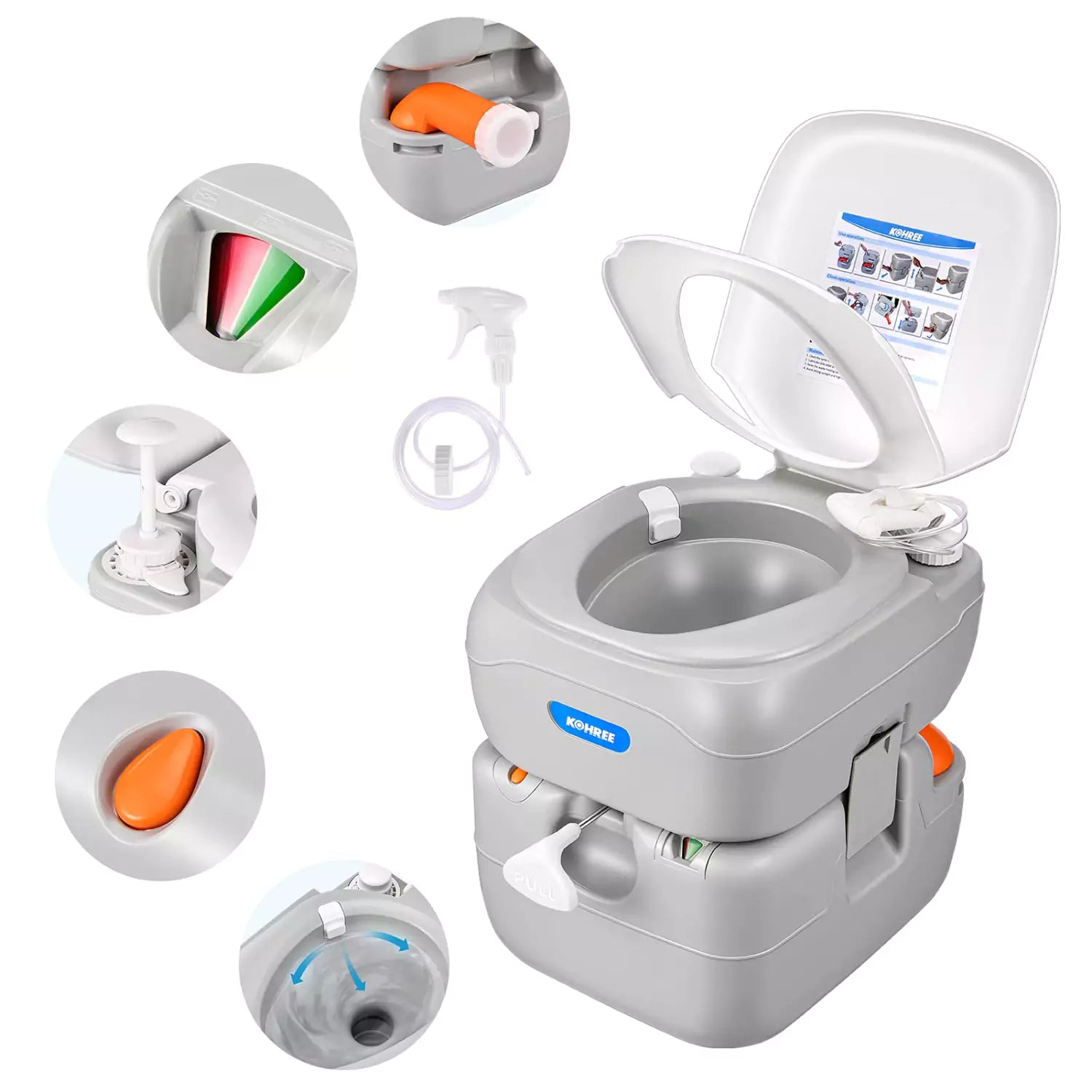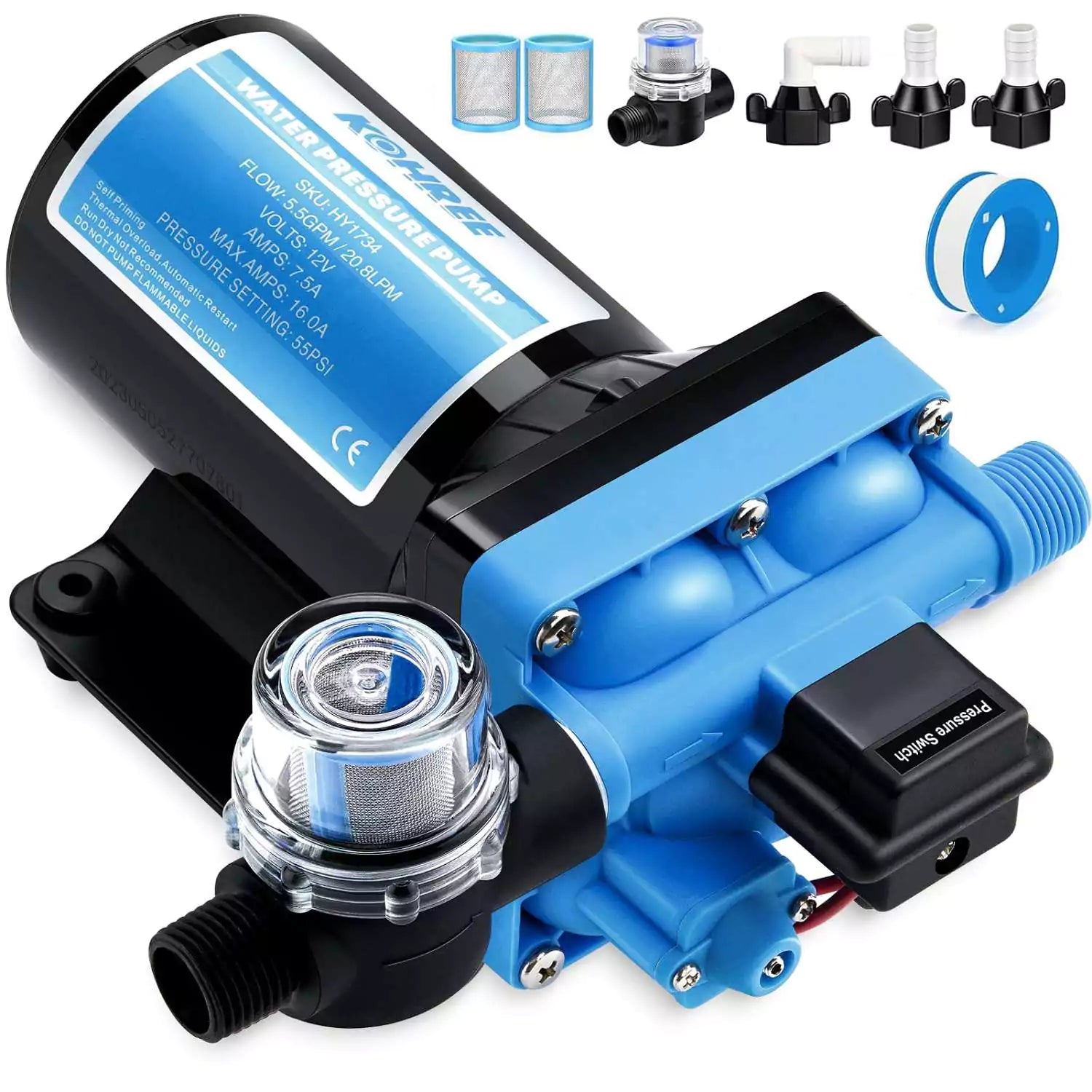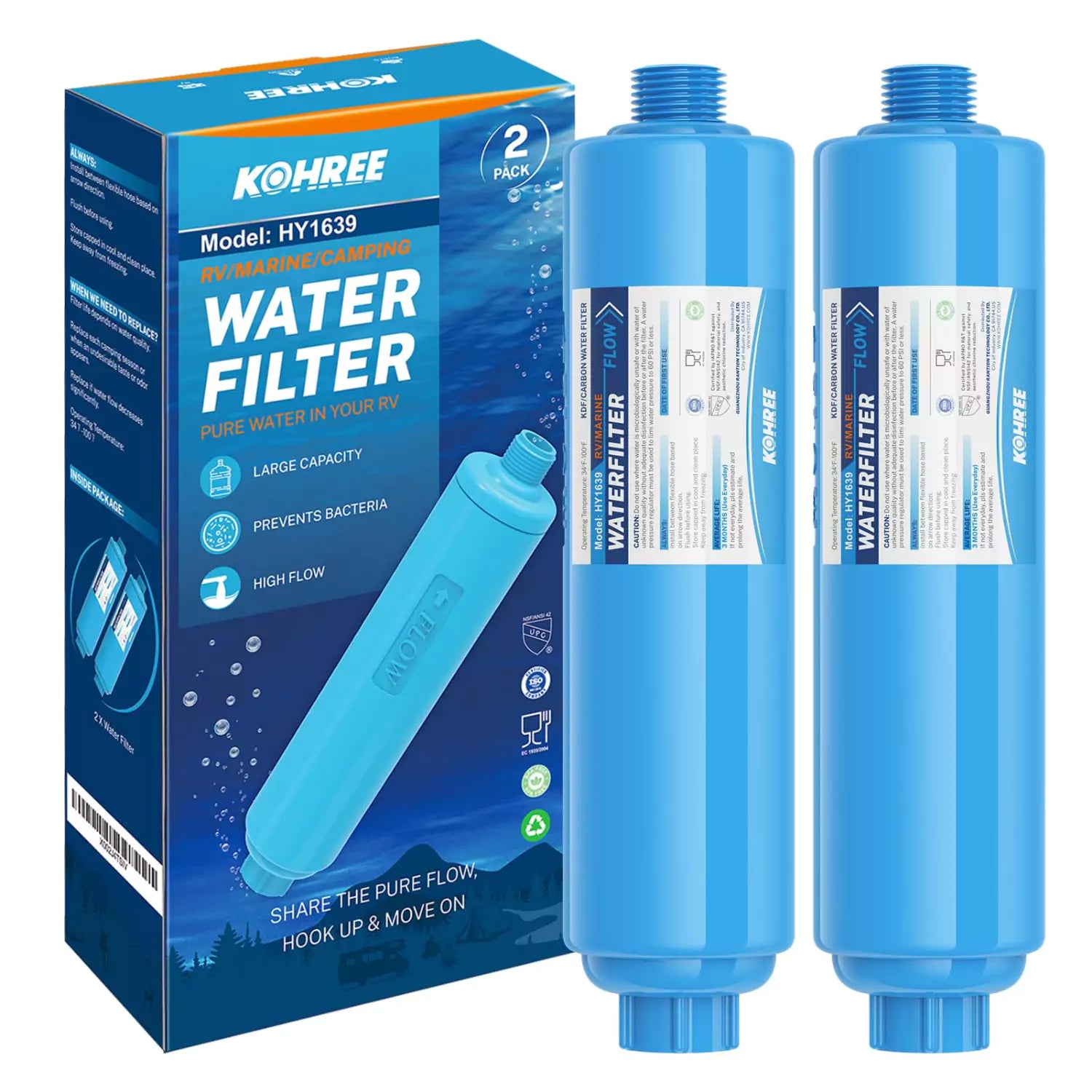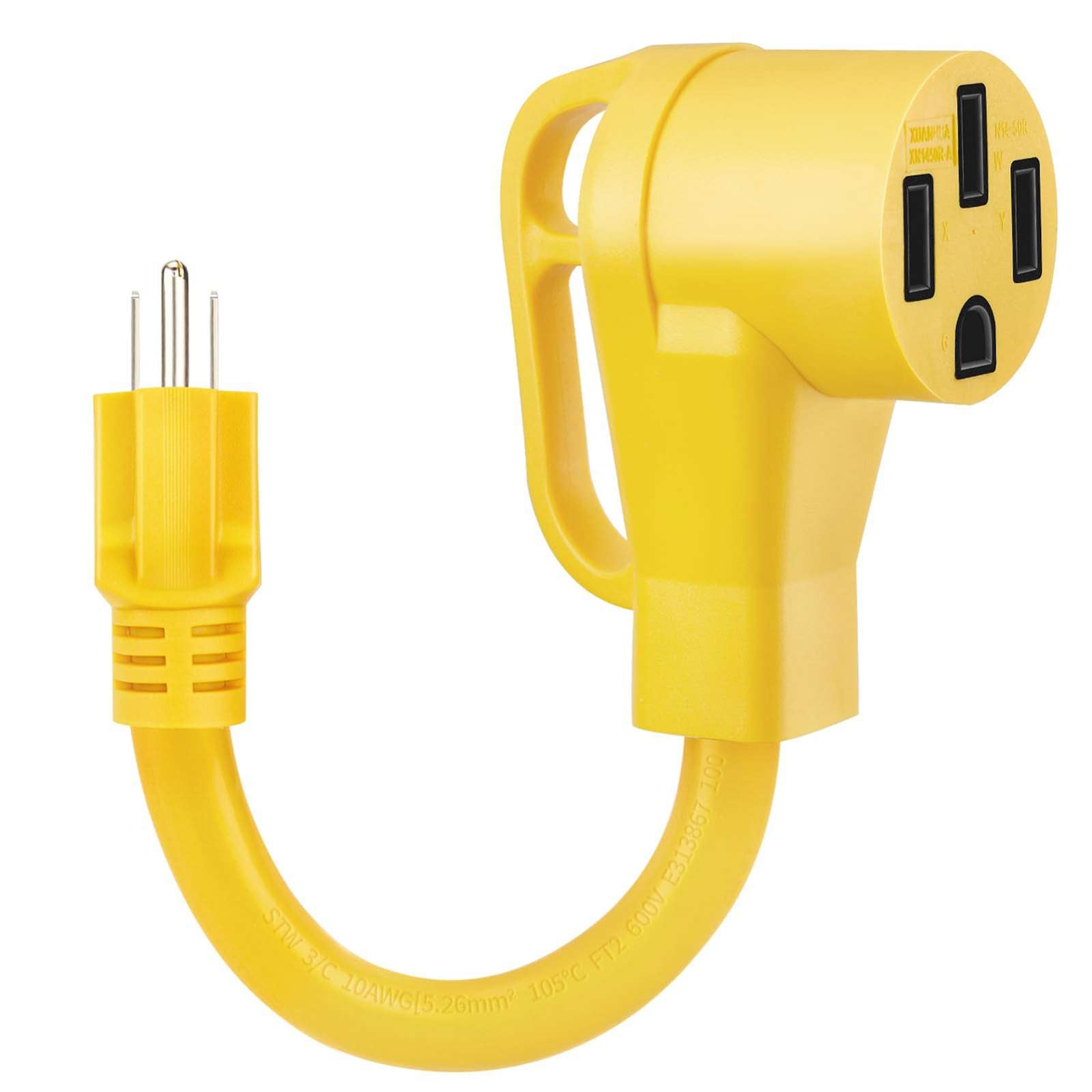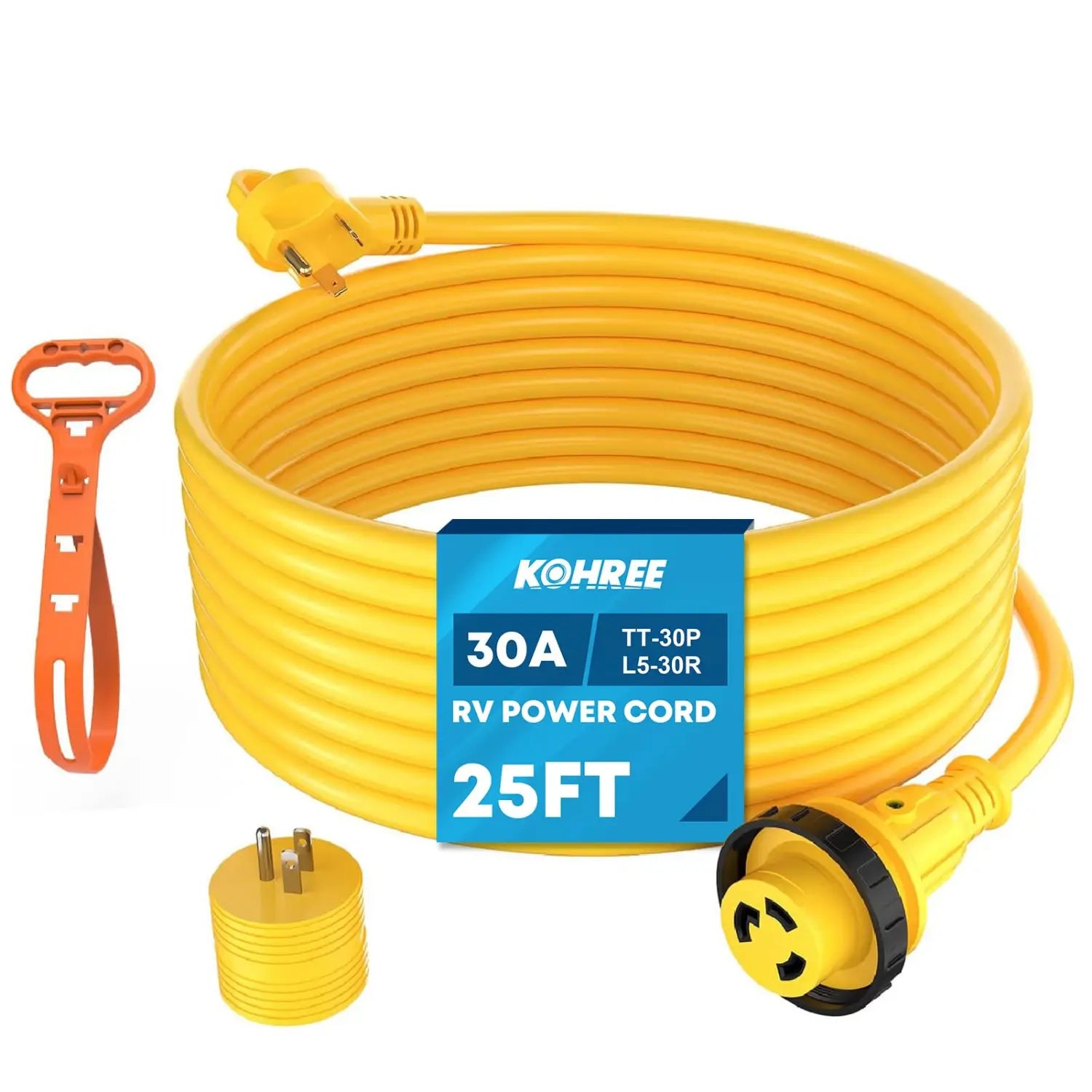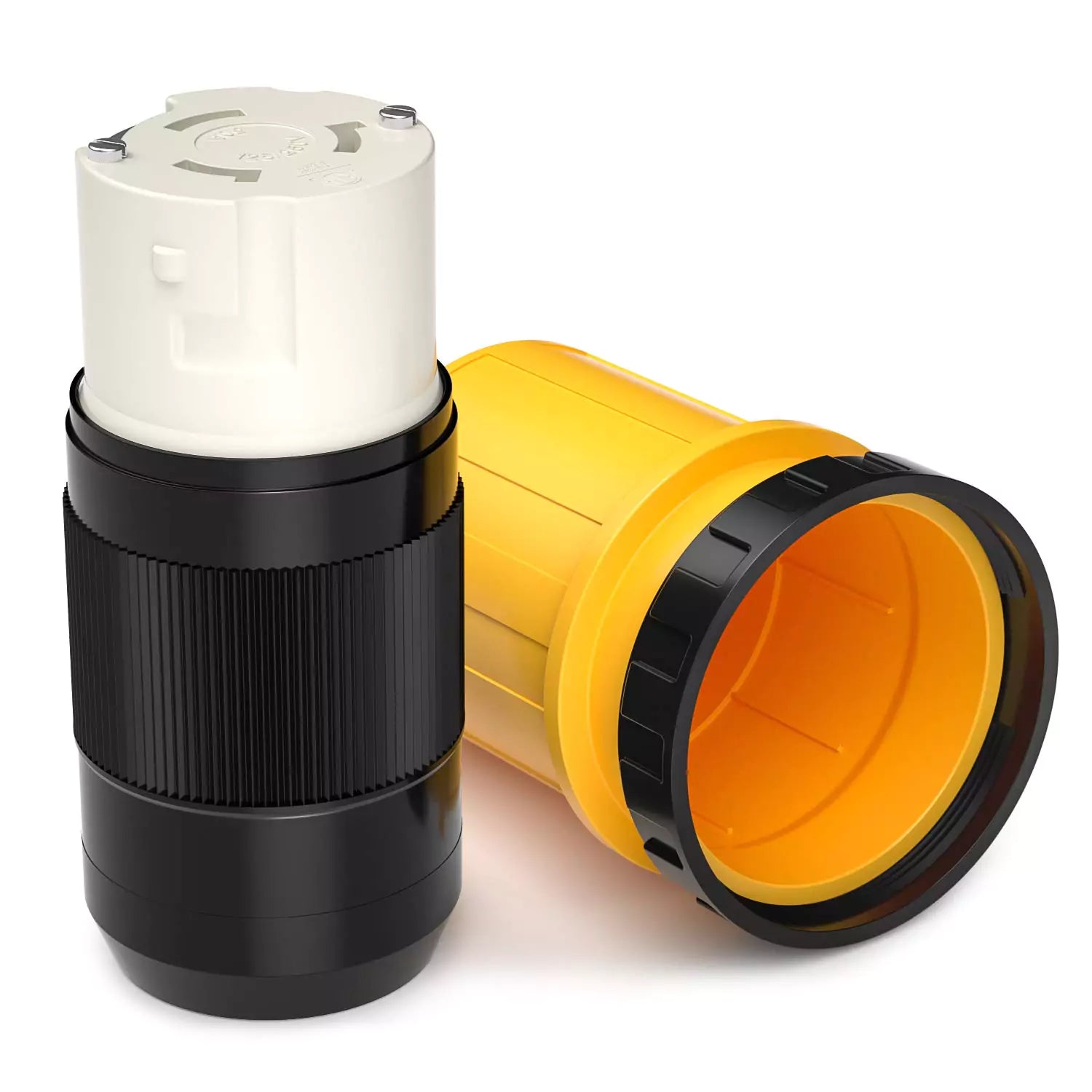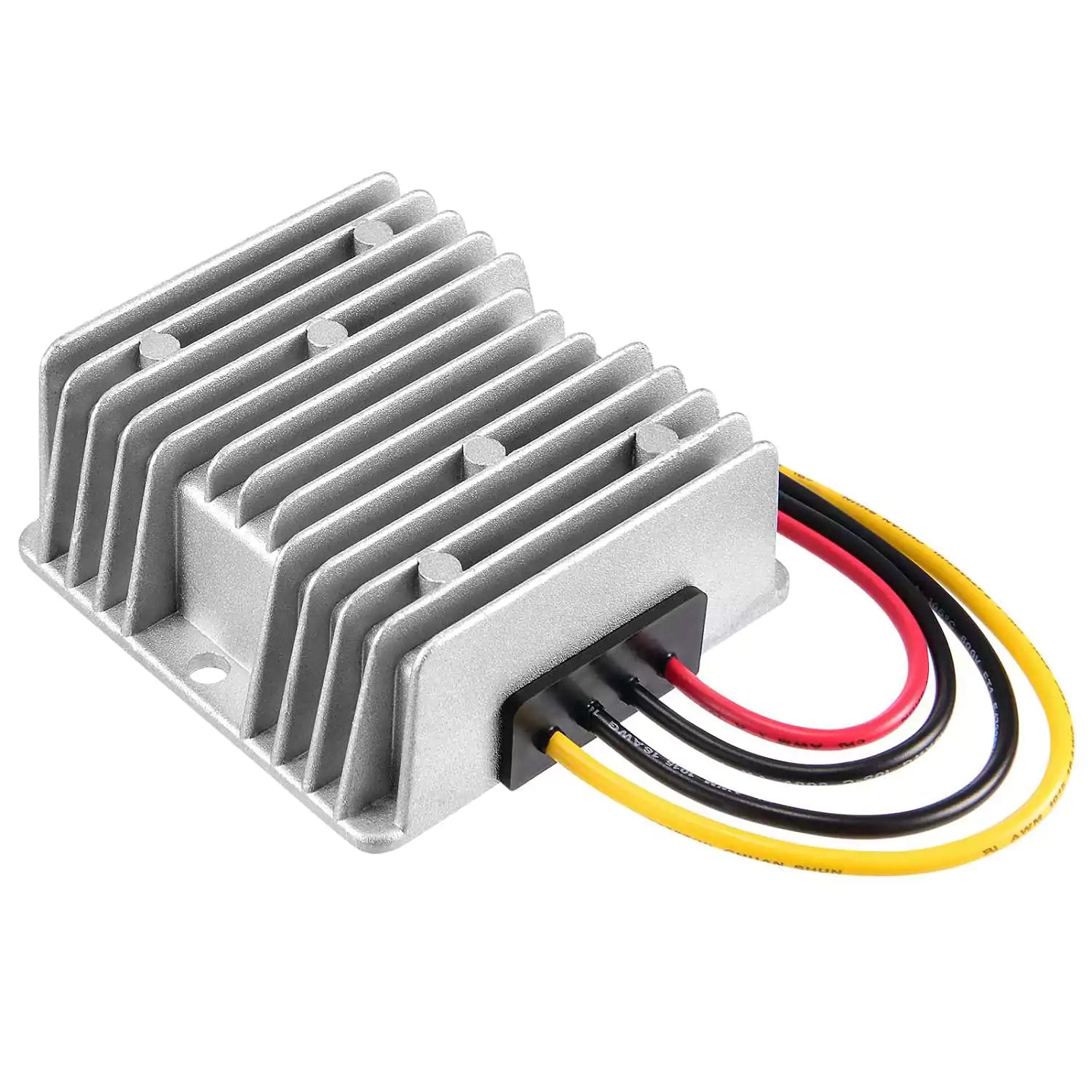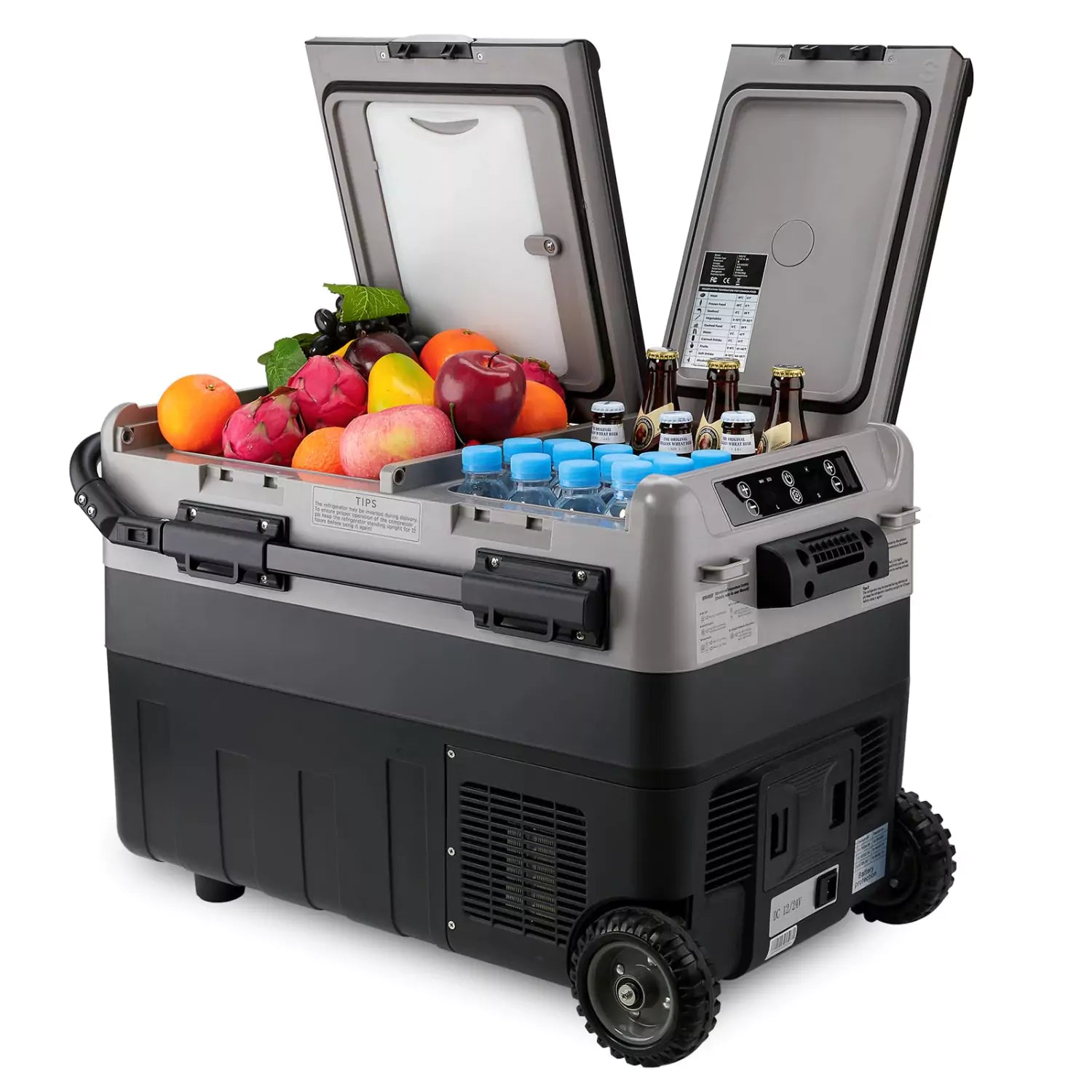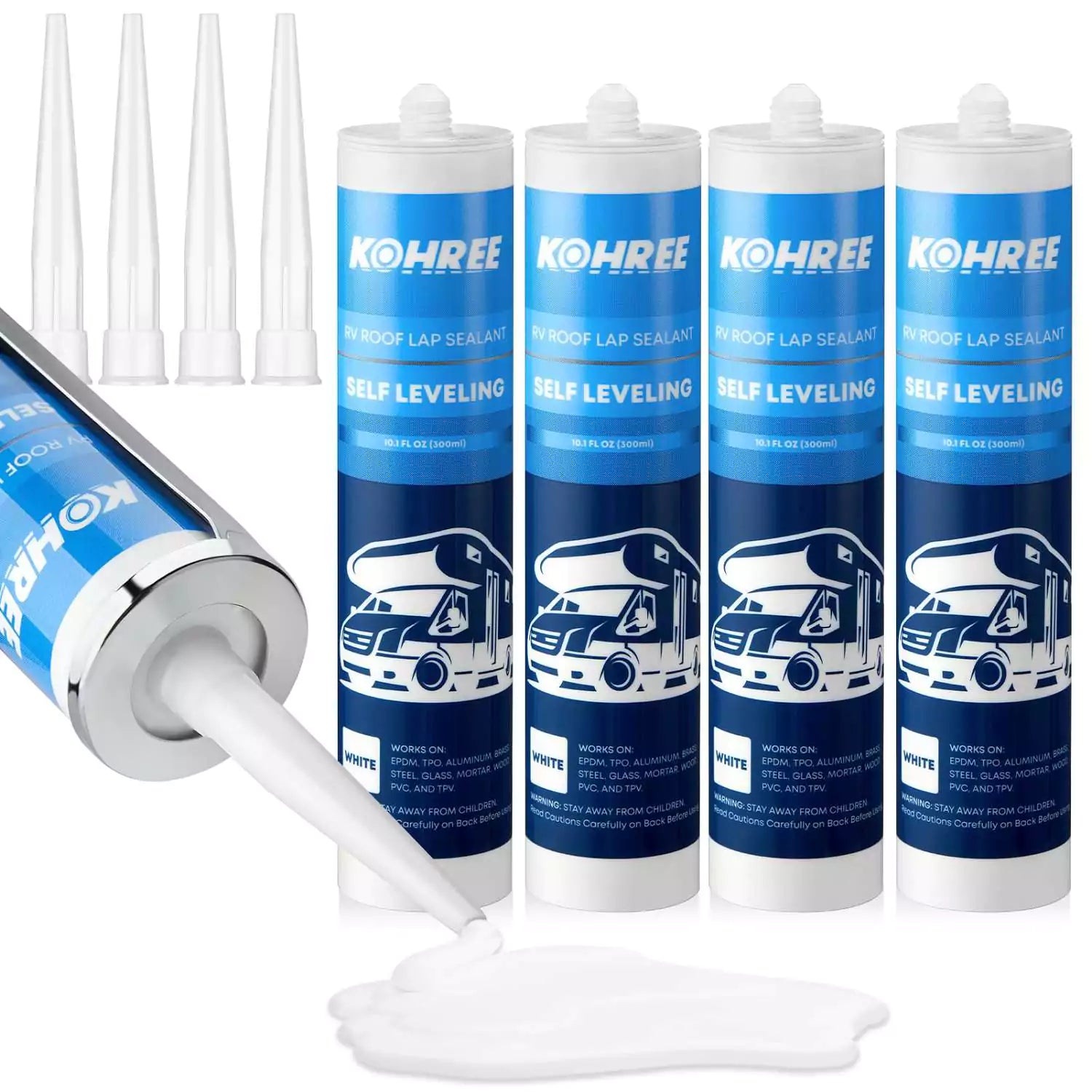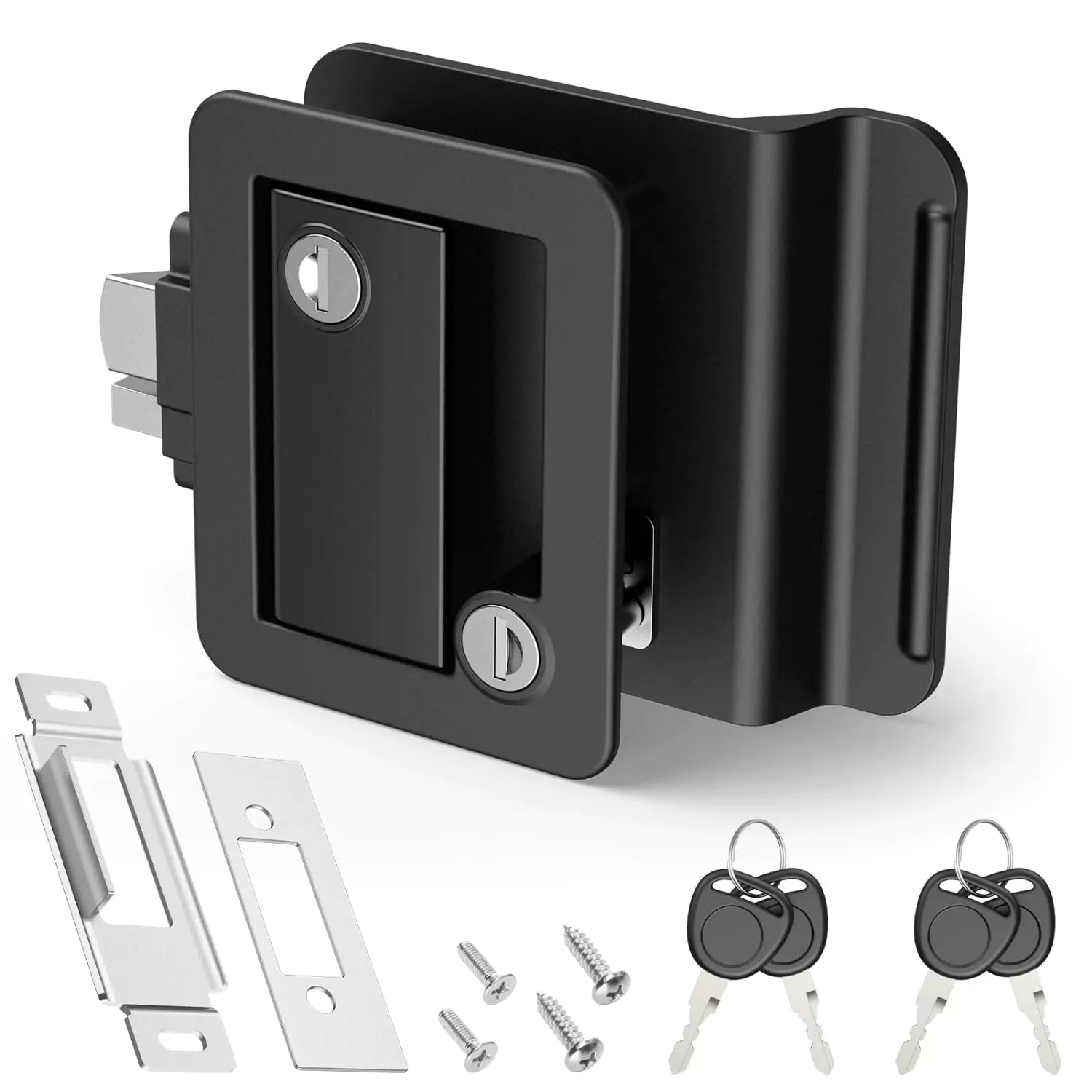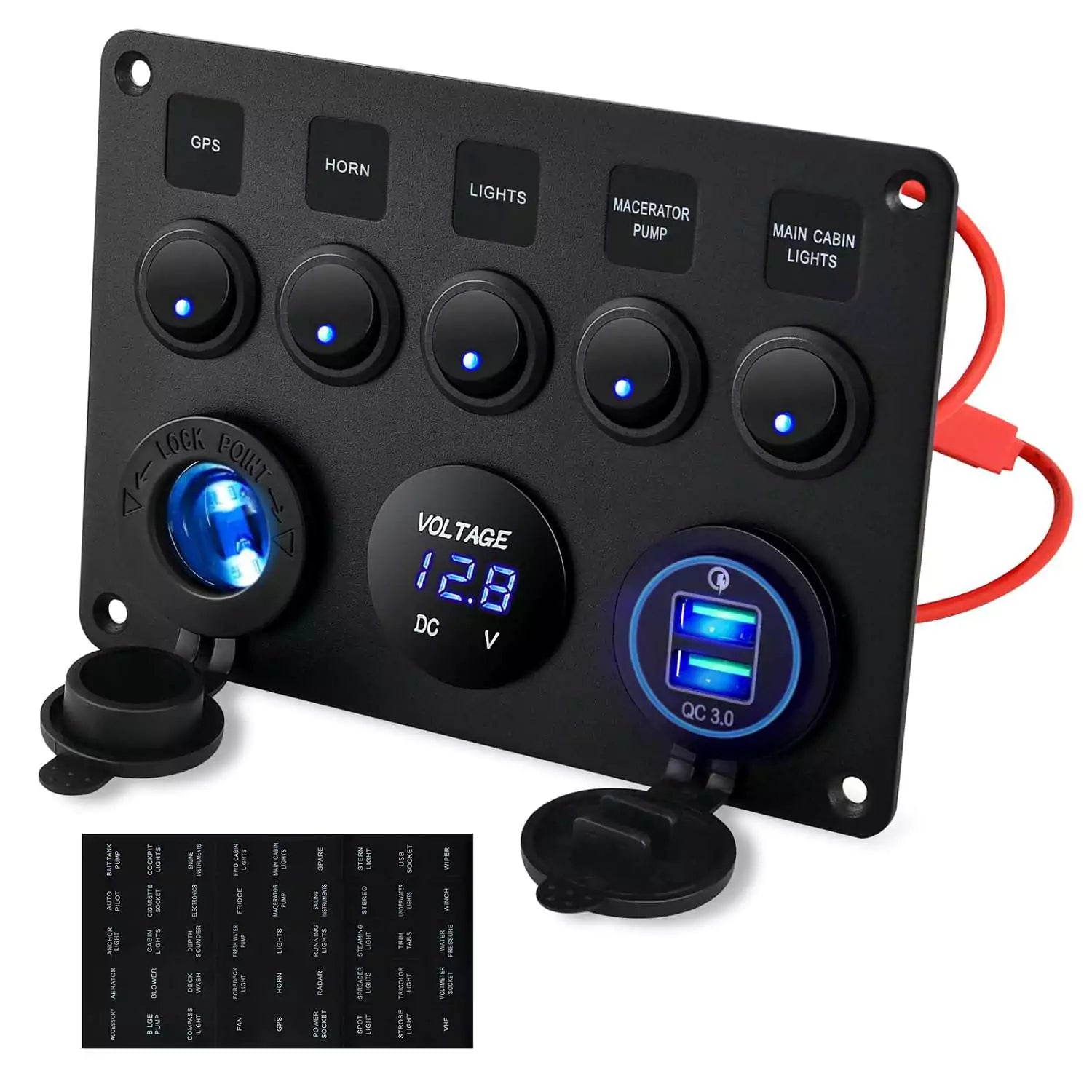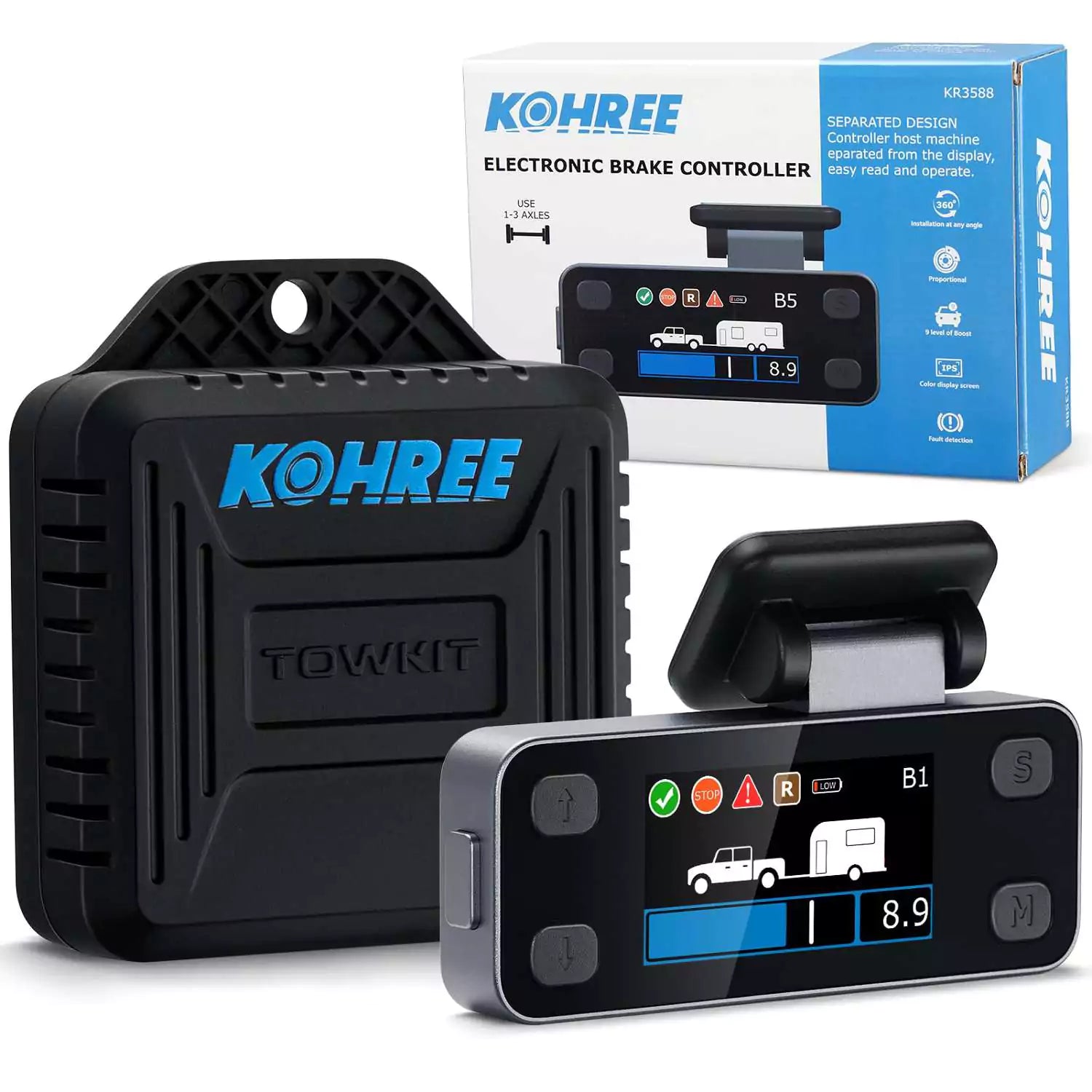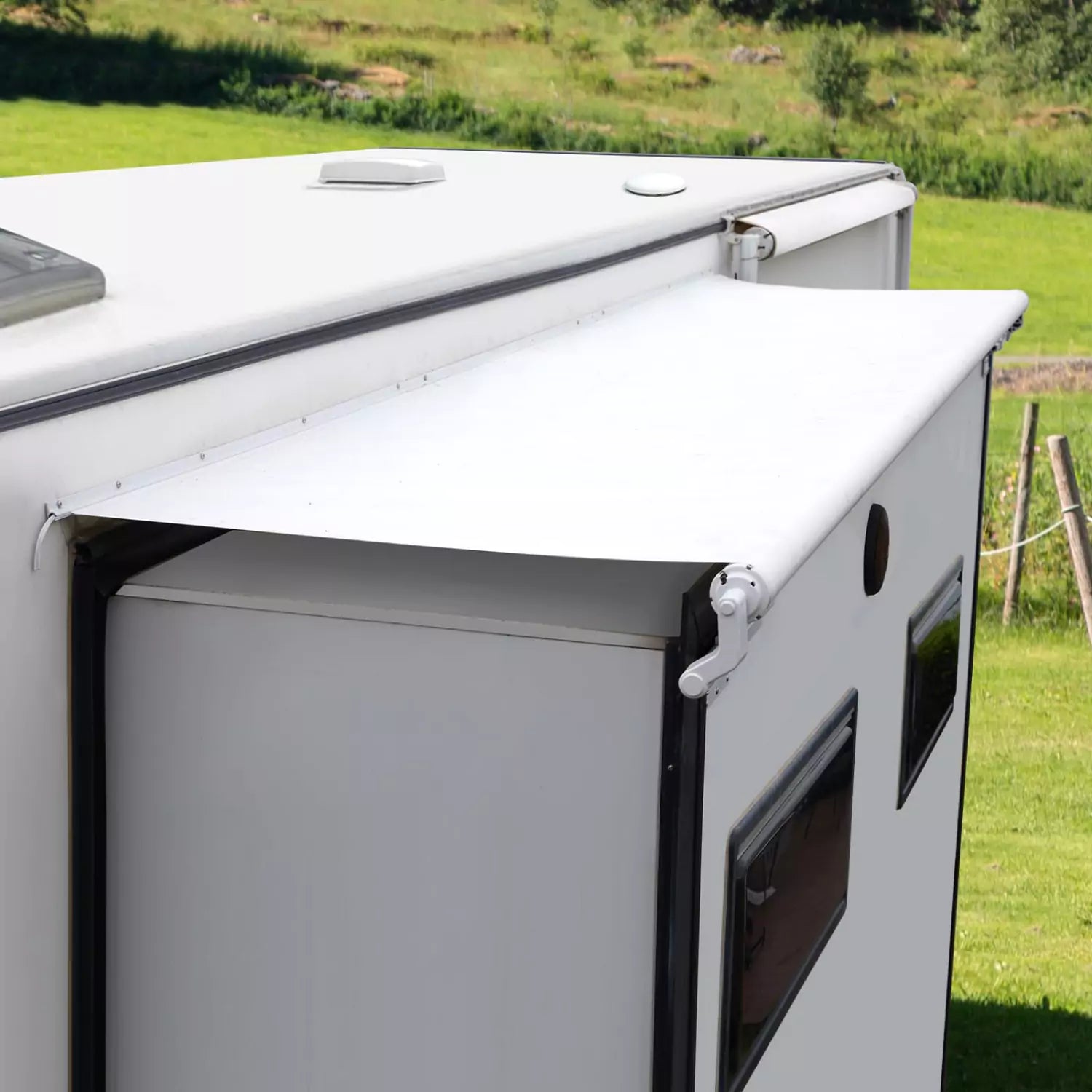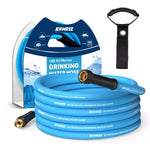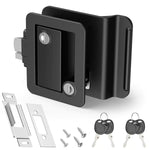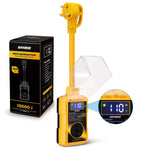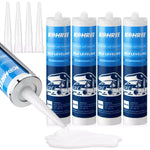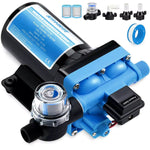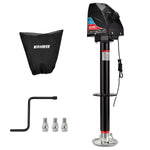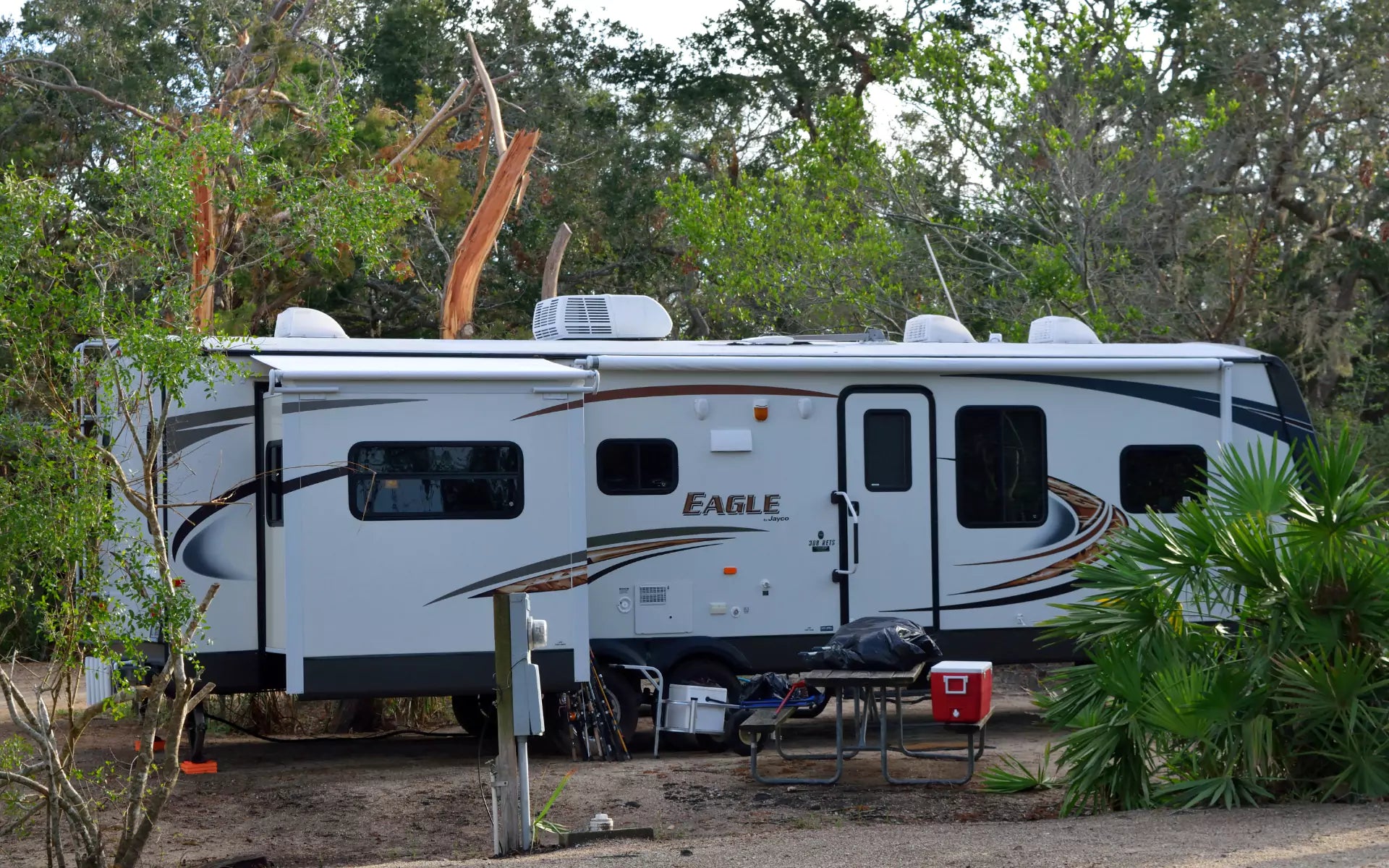Portable Refrigerator & Ice Cooler: Do I Really Need One?
Hey there, fellow adventurers! It’s your friendly guide to outdoor living. Let's talk about something that’s a cornerstone of any good trip: keeping your food and drinks cold and fresh. Whether you're hitting the road in your van, setting up camp for the weekend, tailgating before the big game, or living that sweet off-grid life, you need a reliable way to chill.
For years, the trusty ice cooler has been our go-to. But now, these high-tech portable refrigerators are popping up everywhere. It begs the question: Is it time to ditch the ice and upgrade? Or does the classic cooler still hold its own?
The answer isn't a simple "yes" or "no." It really boils down to your budget, how long you're traveling, where you're headed, and whether you'll have access to power. Don't you worry, though. We're about to break it all down so you can find the perfect cooling solution for your adventures.
What You Should Know About Cooler and Portable Refrigerator
Coolers: Affordable Storage Solution
You know these guys. A camping cooler is essentially an insulated box. You fill it with ice, and that ice is what keeps your food and drinks from getting warm. Simple as that.
It’s all about insulation. The thicker and better the insulation, the longer your ice will last. There’s no power, no moving parts - just good old-fashioned insulation doing its thing.
Types of Coolers
-
Hard-sided coolers: Often considered the workhorses of the cooling world, these come in a variety of forms. You'll find premium rotomolded coolers (such as YETI or Pelican) capable of keeping ice for days, as well as standard plastic coolers that are easily purchased at any grocery store.

-
Soft-sided coolers and insulated bags: These are perfect for everyday scenarios. Their lightweight and portable nature makes them excellent for picnics, beach outings, or simply keeping groceries cold on the journey home. While they may not maintain ice as long as hard-sided models, their convenience is a significant advantage.

-
Styrofoam coolers: Representing the disposable option, these coolers are inexpensive, lightweight, and ideal for brief excursions where you prefer not to worry about returning the cooler.

Advantages of Coolers
-
Affordability: This is the biggest win for these ice boxes. You can grab a basic one for as little as $15 - $20. They’re accessible to everyone.
-
Simplicity and Portability: No plugs, no problem. Just add ice and you're good to go. They’re also much lighter to carry when they're empty.
-
Durability and Ruggedness: Many hard-sided coolers are built like tanks. A well-maintained cooler, with proper care, can last for decades. They can also double as a seat, a step stool, or a small table at your campsite.
Disadvantages of Coolers
-
Fixed Cost of Ice: Here's where things get interesting, and honestly, a bit frustrating. The hidden cost of ice is real. At $3-$5 per bag, ice costs add up fast. On a week-long trip, you might spend $20-$35 just on ice – and that's assuming you can find it when you need it.
-
Melting ice could mess things up: It's inconvenient, producing a watery mess that requires frequent draining. Furthermore, with ice constantly melting, you'll find yourself perpetually searching for more. If you're in an off-grid location, securing additional ice can be particularly difficult.

-
Limited Ice Retention: Temperature control is inconsistent at best. In hot climates like Oklahoma, New Mexico, or Arizona, even the best camping coolers struggle to maintain safe food temperatures. Ice melts faster, temperatures fluctuate, and food safety becomes a real concern.
-
Space Inefficiency: Space efficiency is terrible. Ice takes up a huge amount of valuable storage space. On a long trip, you might find that half your cooler is filled with ice instead of food and drinks.

-
Soggy Food & Water Damage: Soggy food and water damage are constant battles. Everything gets wet, packaging falls apart, and you end up with a soggy mess that's more frustrating than refreshing.
Portable Refrigerators: The Multifuntional Solution
Portable refrigerators are game-changers. Most quality units use compressor technology – the same reliable cooling system found in your home fridge, just scaled down and designed for mobile use. A 12-volt electric cooler works by using a compressor to circulate refrigerant through a closed system, creating consistent cooling without needing ice.
These modern coolers include digital thermostats for precise temperature control, multiple power inputs (12V DC, 110V AC, sometimes USB), high-quality insulation, and efficient compressors designed for mobile use. Many modern units also include features like dual-zone cooling, app connectivity, and low-voltage cutoffs to protect your vehicle's battery.

Advantages of Portable Refrigerators
-
Ice-Free Convenience: This is the #1 reason people upgrade. No more buying ice, no more draining water, and no more soggy food. It's pure, simple convenience.

-
Consistent Temperature Control: You set the exact temperature you want, and the portable fridge maintains it. This means your food is always kept at a safe temperature, giving you peace of mind.

-
Enhanced Food Preservation: With a portable camping fridge, you can keep food fresh for a two weeks road trip just as easily as you can for a weekend. You can bring fresh meat, dairy, and vegetables without worrying about spoilage.
-
Versatility: Most models are a portable fridge and freezer in one. Want to keep drinks chilled and ice cream frozen? A dual-zone portable fridge freezer can do both at the same time.
-
Space Optimization: With no ice to worry about, the entire internal volume of a portable refrigerator freezer becomes usable storage space. A typical 53-quart fridge, for instance, can generally hold around 80 cans of drinks.
-
Reliability: You can leave a portable refrigerator for camping in a hot car for hours, and it will keep everything inside perfectly cold, unlike a traditional cooler, where the ice would melt rapidly.
Disadvantages of Portable Refrigerators
-
Higher Upfront Cost: This is the biggest barrier. Why are 12V fridges so expensive? It comes down to manufacturing complexity and advanced technology. You're paying for precision compressors, electronic controls, and quality insulation. Expect to spend $300-$1,500 or more for a quality unit.
-
Power Dependency: A portable car fridge needs electricity to run. This means you need a reliable power source, whether it's your vehicle's battery, a portable power station, or a solar setup.
-
Weight and Bulk: Even empty, a portable fridge weighs 35-60 pounds, compared to 15-25 pounds for an ice cooler. They're also bulkier due to the compressor and electronics.
-
Noise Levels: It can be a consideration, particularly in silent settings. Compressor models naturally produce some operational sound. Older units might resemble roaring snores, but newer versions just like a whisper at night.
-
Maintenance Considerations: Include regular cleaning, checking door seals, ensuring proper ventilation, and occasionally defrosting. While not complicated, these refrigerator maintenance tasks are more involved than caring for a traditional cooler.
Portable Refrigerator vs. Traditional Cooler: A Direct Comparison
Okay, let's put them side-by-side. You need to know which is the right tool for the job.
| Feature |
Traditional Cooler |
Portable Refrigerator (Electric Cooler) |
| Initial Cost |
Low ($20 - $400) |
High ($300 - $1,500+) |
| Ongoing Cost |
High (Constant need for ice)
|
Low (Cost of electricity/power source)
|
| Performance |
Dependent on insulation material & ambient temp.
|
Consistent, precise temperature control. Can freeze.
|
| Convenience |
Low (Requires ice management, draining)
|
High (Plug-and-play, no ice, no mess)
|
| Food Safety |
Fair to Poor (Risk of temps above 40°F)
|
Excellent (Stable temperature)
|
| Usable Space |
Low (Ice takes up 30-50% of space)
|
High (100% of internal volume is usable)
|
| Portability |
Lighter when empty
|
Heavier, even when empty
|
| Power Needs |
None |
Requires a 12V or 110V AC power source
|
| Durability |
Good to Excellent (Rotomolded models are very tough)
|
Good to Excellent (Built for long-term travel)
|
Cost vs. Value: Is an Electric Cooler Worth Buying?
Let's crunch some numbers. A traditional ice cooler might cost $50 upfront, but ice costs $4 per bag. On a 10-day trip, you might buy 8-10 bags of ice, spending $32-$40. Over a year of regular camping, those ice costs add up to $200-$400 easily.
A portable fridge costs $500-$800 upfront but eliminates ongoing ice costs. Within 1-2 years of regular use, the portable fridge pays for itself. Plus, you get better food preservation, more convenience, and enhanced food safety.
Performance and Effectiveness
How cold does a 12-volt cooler get? Most quality units can maintain temperatures from 68°F above ambient down to -4°F for freezing. This means you can keep things frozen solid, not just cool. That's a much wider range than traditional coolers, which are limited by ice temperature and melting rates. On a hot summer day, you'll be lucky to keep the inside below 40℉ (4℃).
Convenience and Ease of Use
The ice chests require constant ice management – buying, loading, draining, and replacing ice throughout your trip.
Portable refrigerators are plug-and-play: set your temperature, plug in power, and you're done.
Cleaning is easier, too. Portable refrigerators just need occasional wiping down, while coolers require thorough cleaning to remove ice residue and prevent odors.
Portability and Size Considerations
Empty weight definitely favors coolers. A 50-quart hard cooler might weigh around 15-20 pounds empty, while a comparable portable fridge typically weighs 35-45 pounds.
However, once loaded with ice, that traditional cooler can balloon to 60-80 pounds. In contrast, the portable fridge's weight remains relatively consistent, largely depending on the food and drinks you're carrying.
For individuals or couples, smaller 10-20 quart portable fridges offer excellent efficiency without the added bulk of ice storage.
Durability and Longevity
Generally, rotomolded coolers made from robust materials can last 5-10 years with proper maintenance. They're designed for durability, often featuring robust construction, strong latches, and thick insulation. However, over time, cheaper coolers might slowly fail due to issues like rusted latches, aging seals, and cracks in the insulation material.
Portable refrigerators typically feature durable exteriors, high-quality internal components, and powerful compressors. However, they require a bit more attention than ice coolers due to the potential risk of electronic component failure. Despite this, many portable fridges come with solid warranties and are repairable if issues arise.
Choosing the Right Cooling Solution for Your Needs
So, which one is right for you? Now that you understand the features and differences between coolers and portable refrigerators, it's time to consider your actual use cases. Take a look at the scenarios below to see which might be the best fit for you:
When Traditional Coolers Make Sense
-
Ultra-short trips: Day trips or overnight camping, where simplicity trumps everything else. If you're going fishing for the day or having a picnic, a traditional cooler is often the better choice.
-
Minimal budget situations: If investing in a portable refrigerator feels too expensive upfront, a $50 cooler offers immediate cooling capability.
-
No power access whatsoever: If you're backpacking or in situations where you can't access any power source, traditional coolers are your only option.
-
Backup or secondary storage: You can still carry a small traditional cooler as backup storage for drinks and non-critical items.
To maximize traditional cooler performance, pre-chill everything before you pack it, use large block ice instead of small cubes (it melts more slowly), and try to keep the lid closed and the drain plug tight.
When Portable Refrigerators Shine
For almost everyone else, the benefits of a portable refrigerator are undeniable.
-
Trip Duration & Frequency: This is the biggest factor. Is a portable electric cooler enough for van life? Absolutely. For many, it's the perfect primary or secondary fridge. The ability to store fresh food for a week or more without needing to find a town is liberating.
-
Hot Climates: If you travel in hot, sunny states like Oklahoma, New Mexico, and Arizona, a portable refrigerator is a matter of food safety. An ice chest simply can't compete with the relentless heat. A compressor fridge will keep your food at a safe 37°F even when it's 100°F outside.
-
Health and Safety Priorities: If you need to store medications like insulin or have young children who need fresh milk, the precise temperature control of a portable freezer refrigerator is non-negotiable. Furthermore, a stable temperature prevents food spoilage and reduces your risk of food poisoning.
-
Convenience Level: Are you a "set it and forget it" type of person? Then the plug-and-play nature of a portable refrigerator is for you. Modern electric coolers often come equipped with USB and generator charging options, meaning you can extend their run time in multiple ways. If you don't mind the daily ritual of draining water and hunting for ice, a traditional cooler might be just fine.
Clear Recommendations
Choose a Portable Refrigerator if: Your trips are often longer than a day or two, you prioritize convenience and food safety, you have a reliable way to power it (even off-grid), you frequently travel in hot climates, and your budget allows for the upfront investment.
Choose a Traditional Cooler if: You're mostly doing day trips or the occasional casual weekend trip, your budget is limited, or you're not planning to spend much upfront, or you anticipate being in situations with absolutely no access to power for recharging.
Best Kohree Cooling Solution
Looking for a reliable, easy-to-carry cooler that packs a punch? The Kohree 19 Quart Portable Refrigerator is your go-to! This little powerhouse is designed for ultimate convenience and efficiency, making it perfect for solo explorers, couples, or small families.
Why the 19 Quart is Your Perfect Partner:
-
Speedy Chilling: Equipped with an efficient compressor cooling system, this fridge can drop from a warm 68℉ to a frosty 32℉ in just 15 minutes! Need something even colder? It hits -4℉ in about 50 minutes, ensuring your drinks are always icy and your food stays fresh, even under the scorching sun during camping or road trips.

-
Smart Battery Protection: Drive worry-free! Our 12-volt car fridge features three settable levels of battery protection (Low, Medium, High). This smart mechanism safeguards your car battery, even after 12+ hours of use, ensuring you're always ready for extended journeys.
-
Designed for You: This portable refrigerator is large enough to hold up to 24 cans and 3kg of food, yet its compact size fits seamlessly in car trunks without taking up too much space. The ergonomic top handle makes one-handed carrying a breeze, making it an ideal companion for all your outdoor adventures.

-
Quiet & Steady: Enjoy peaceful nights and smooth rides! With a running sound of just 45dB, this electric cooler operates silently overnight, perfect for roadside breaks or campsite stays. Plus, its non-slip base keeps it stable and working perfectly, even when your car is climbing at an inclination angle of 40 degrees.
-
All-Season Versatility: With an adjustable temperature range of -4℉ to 68℉, this 12V car refrigerator keeps your food and drinks fresh in both hot summers and cold winters. It comes with 110/240V AC and 12/24V DC adapters, making it compatible with most vehicles. It's truly ideal for road trips, fishing, and all your outdoor escapades!
What our happy customer says: This fit great in the back of our Bronco and kept food cold/frozen all weekend. The auto shut off kept it from draining the car battery. Highly recommend! -- Meghan Green

Shop Best 19-Quart Kohree Car Fridge Now
Kohree 42-Quart Portable Fridge: Wise Choice for Your Family
Step up your outdoor game with Kohree's 42-quart dual zone version!
Ready for even more chilling power and versatility? If you're tackling longer journeys, larger groups, or just love having options, the Kohree 42 Quart Dual Zone Portable Refrigerator is calling your name! This model takes convenience to the next level with its innovative two-in-one design.
What Makes the 42 Quart a Game-Changer:
-
Dual Zone Dominance: This 12V portable refrigerator features two independently controlled compartments: a spacious 30L (31 Quart) zone measuring 10.94 x 11.22 x 13.97 inches and a smaller 10L (11 Quart) zone at 8.07 x 11.22 x 6.88 inches. Together, they can store over 60 cans of beverages! You can set each zone to different temperatures, allowing you to separate meats, beverages, and produce without any cross-contamination or odor transfer. It’s perfect for road trips, boating, overlanding, and extended camping where diverse cooling needs are a must!

-
Flexible Access, Elevated: Say goodbye to awkward reaching! Our 12V portable car fridge freezer includes two detachable and reversible doors. Customize the opening direction to perfectly fit your vehicle layout or travel setup, making food access seamless whether you're driving or parked. Plus, it still offers that wide temperature range from -4°F to 68°F for ultimate fridge or freezer flexibility.

-
Super Efficient Power: Maximize your fun without draining your power! With three-level battery protection settings (Low, Medium, High), it intelligently prevents draining your car’s battery. Once your desired temperature is reached, this energy-efficient camping refrigerator shifts to low-power mode, with consumption comparable to a GPS unit. It can even keep contents cool for hours after unplugging!

-
Built for Adventure: This isn't just a cooler; it's a mobile chilling station! Equipped with non-slip wheels and a dual-length telescopic handle, it glides effortlessly across campsites, gravel, or parking lots. Engineered to perform even on steep inclines up to 40°, it stays stable during off-road adventures or sharp climbs.

-
Beyond Just Cooling: This is more than just a travel refrigerator! It includes a built-in USB port to charge your devices, an LED light for night visibility, and even a removable chopping board – perfect for prepping meals in the wild. Designed for maximum practicality during every trip!
What our happy customer says: Just used this on a 3 day camping trip and it was so nice not worring about ice in a cooler! It was quite and did a good job at maintaining temperature. It is alittle heavy, especially loaded but having the handle and wheels was so nice! I love having the Dual controls and bins. Great value and size. -- Carla
Shop Best 42-Quart Kohree Car Fridge Now
For those who demand the most space, ultimate flexibility, and top-tier features, the 53 Quart option is the pinnacle of portable cooling. This is the king of the road, designed to handle anything you throw at it, making it ideal for large families, group outings, or serious outdoor enthusiasts.
Why the 53 Quart is the King of Cool:
-
Massive Dual-Zone Capacity: Get ready for unparalleled storage! This Kohree portable car refrigerator offers two independent compartments with separate temperature controls. It boasts a large 35L (37 Quart) capacity, measuring 10.94 x 11.22 x 17.04 inches, and a smaller 15L (16 Quart) capacity at 8.07 x 11.22 x 9.96 inches. Together, they can store more than 80 cans of beverages! This allows you to store multiple items at the same time while traveling, boating, or camping - keeping meat and seafood fresh in the larger area and drinks and snacks cold in the smaller area. This provides optimal temperature control for all your goodies.
-
Upgraded Doors & Smart Control: Unlike ordinary single-door refrigerators, the Kohree car refrigerator freezer has two removable doors that can be installed arbitrarily, allowing you to change the opening method based on your usage direction. This makes accessing food and drinks incredibly convenient while driving. Plus, you can effortlessly set each of the two compartments to any temperature between -4°F and 68°F right on the intelligent control panel, achieving true dual-zone mastery.
-
Effortless Mobility: Our portable car refrigerator is equipped with non-slip wheels and a handle that supports two adjustable lengths, making it incredibly easy to transport your fresh food and drinks wherever you go. And just like its siblings, it operates smoothly even when your car is climbing a 40-degree slope!
-
Superior Safe & Energy-Saving Power: Enjoy ultimate peace of mind! Kohree portable car refrigerators have three adjustable battery protection mechanisms: low, medium, and high, designed to prevent your car's battery from running out. Once you set the temperature, the refrigerator can operate at the lowest power consumption (only equivalent to a car navigation system!), and it can still keep food cold for several hours even after a power outage. It saves your car's battery power while ensuring maximum freshness!
-
Packed with Practicality & Peace of Mind: More than just a refrigerator, it features a 12V integrated USB charging port to power your devices, a built-in LED light for easy access in low-light conditions, and a detachable cutting board for on-the-go meal prep. Plus, for your complete confidence, we offer a one-year warranty on the compressor and other parts. We're here for you!
What our happy customer says: Took the kohree car refrigerator on a day trip to the mountains with two of our grandchildren. It kept the bottles of water and cans of soda cold (38 degrees) in the larger side, while keeping ice cream frozen ( 0 degrees ) in the smaller side. Out side temperature was 96 degrees. I don’t think I will pack an ice chest ever again. -- The R Lazy 3 Gang
Shop Best 53-Quart Kohree Car Fridge Now
Ready to pick your perfect chilling companion? Whether you need compact convenience, versatile dual-zone cooling, or a massive capacity for all your adventures, Kohree has a portable refrigerator designed just for you. Which one will be joining your next journey
Staying Connected Off-Grid
Portable Refrigerator Power Requirements
How Much Power Does a 12V Cooler Draw?
A typical 12V compressor fridge draws about 1-5 amps when the compressor is running. The wattage is usually between 30-60 watts. However, the compressor doesn't run all the time; it cycles on and off to maintain the set temperature.
How Much Does a 12V Cooler Cost to Run Per Day?
Curious about the daily cost of running a 12V cooler? Let's break it down!
Taking Texas as an example, where electricity costs roughly $0.10-$0.20 per kilowatt-hour (kWh). A high-performance 12V cooler typically has a running power of around 60W when in energy-saving mode.
Here's the simple math: 1 kWh/60 W=16 hours
This means your cooler can run for about 16 hours on just 1 kWh of electricity. Therefore, you'll spend a maximum of only $0.20 per day to keep your food fresh and drinks ice-cold! This is significantly more affordable than constantly buying ice bags, which can cost anywhere from $3-$5 per bag.
How Long Will a 12V Battery Run an Electric Cooler?
This depends on the battery size, the fridge's efficiency, the ambient temperature, and the temperature you've set. As a rough estimate, a standard 100Ah (Amp-hour) battery could run a typical portable fridge for 2-4 days.
Will a 12V Fridge Drain My Battery?
If you connect it directly to your car's starting battery and leave it running for a long time without starting the engine, yes, it can drain it. That's why most portable fridges have a built-in low-voltage cut-off feature that automatically shuts the fridge off before it drains your vehicle's battery completely.
Portable Refrigerator Power Source Options
What Can a Portable Refrigerator be Powered By?
-
Vehicle's 12V Outlet: Can you run your 12V fridge while driving? Absolutely! Your car's alternator will power the fridge and keep your battery topped off. Just be mindful of running it for long periods when the engine is off if you don't have a dedicated auxiliary battery.
-
Portable Power Stations: This is the most popular solution for off-grid power. A good power station for a 12V refrigerator will have enough capacity (at least 500Wh is a good start), a 12V DC outlet, and preferably the ability to be recharged via solar.
-
Solar Power: It's best to use the solar panel to charge a portable power station or an auxiliary battery, which then powers the fridge. This ensures a consistent power supply even when the sun isn't shining. The number of solar panels you'll need depends on the panel's wattage and the conditions, but a 100-200 watt panel is a common pairing for these setups.
-
110V AC Power: You can always plug your fridge into a standard wall outlet at home to pre-cool it or use it at a campsite with power hookups.
-
Detachable Batteries: Some premium models, like the Anker EverFrost, feature a large, detachable battery that can not only power the cooler for hours but also has USB ports to charge your phone and other devices.
Optimizing Efficiency and Troubleshooting
How to Make a 12V Fridge More Efficient
- Pre-cool the fridge and its contents at home before you leave.
- Load it up. A full fridge stays cold better than an empty one.
- Minimize how often and for how long you open the lid.
- Keep it in a shaded, well-ventilated spot.
Why is My 12V Fridge Not Staying Cold?
Check your power source, make sure the connections are secure, and ensure the vents aren't blocked. Also, check the door seal for any gaps.
Why is There Ice on the Back Wall of My 12V Refrigerator?
This is usually caused by humidity inside the fridge, often from moist food or frequent door openings in a humid environment. It's generally not a problem and will melt during the compressor's off-cycle.
Chill Out with Confidence!
The Cooler is still an affordable option for short, simple outings. It’s a classic for a reason. But if you're serious about your outdoor adventures, a portable refrigerator is one of the best upgrades you can make. The convenience of no ice, the peace of mind of food safety due to a constant temperature, and the ability to stay out longer without resupplying truly transform the experience.
The best choice is the one that fits your adventures, your budget, and your style. Whether you stick with the classic or embrace the new tech, we hope this guide has helped you figure out how to chill out with confidence on your next trip.
Ready to upgrade your off-grid experience? It's time to give a portable fridge some serious thought!
Order now and you can also enjoy our exclusive summer discount, carefully prepared just for you. Get your own reliable and versatile cooling solution today! You might be surprised at how much it changes your adventures for the better!
